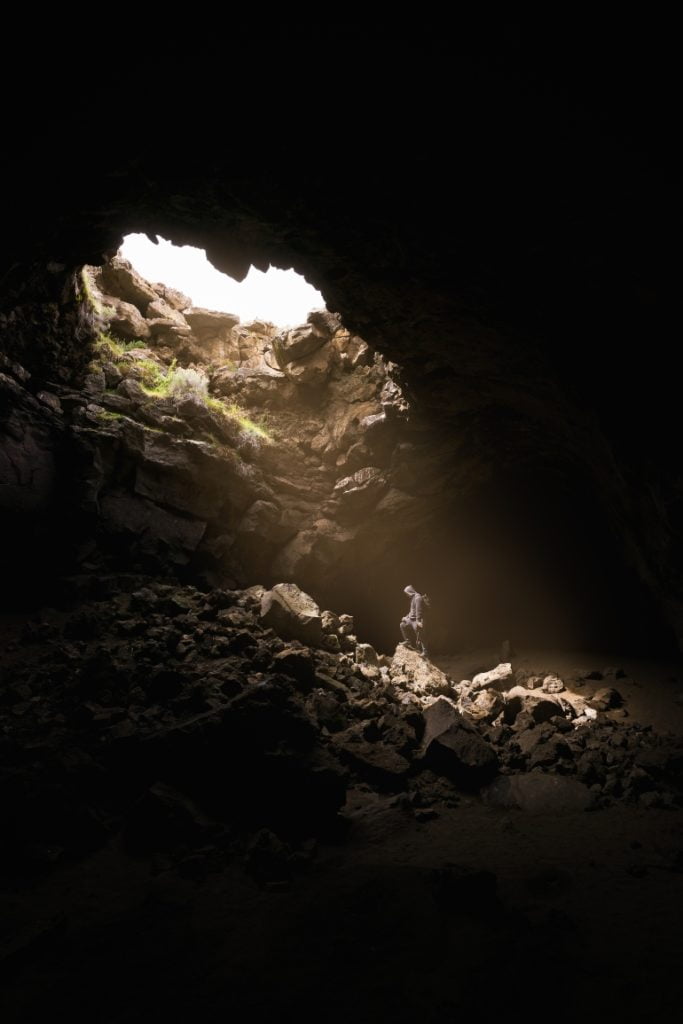How To Present Case Studies On Website
- Home
- Articles and Publications
- SEO Case Studies
- How To Present Case Studies On Website
How To Present Case Studies On Website
Posted on December 13, 2019
0 Comment
Storytelling Your Case Studies
Sarah Thomas, creative copywriter/screenwriter, explains in this guest article
How to present case studies on a website using the storytelling technique.
Using Storytelling In Your Business Case Studies
A film or a book, and a case study share a major purpose; the critical need to engage their audience.
Filmgoers have certain expectations of the movie; they’re looking to be entertained, to be moved, they’ve bought a cinema ticket and have allocated a couple of hours of their time to immerse themselves.
Likewise, readers have gone out and purchased a book or ordered it on Kindle and they are looking for the same thing.

Storytelling is a huge business; it always has been.
In whatever form we digest our favourite tales, they remain a preferred means of communication and while businesses without a budget will not have had the kind of investment that a book or film has had in building an audience, the power to tell a compelling story is not limited to those who can afford to invest a lot of money.
Here’s a favourite definition of mine
‘A story is the telling of an event, either true or fictional, in such a way that the listener experiences or learns something just by the fact that he heard the story.
If we think of the business transactions, either products or services that we have provided as events aren’t these stories?
Why not craft them into shape with storytelling elements that will help you share the impact you’ve had on your clients with your audience?
Content creation doesn’t get easier than this!
Though you must craft them well, remember that the story definition above requires the reader to experience or learn something. A mere listing of events or details of the transaction will not suffice.
But don’t fear I’m going to run through a few storytelling tips you can use to liven up those case studies.
1. Use the 3 Act Structure
Use the three-act structure of storytelling in each study.
- The beginning is the issue that your client was faced with.
- The middle is the solution that your business implemented for the client.
- The end is the emotional and tangible solution that solved the issue in the beginning.
Why does this work?
It ensures you’re not missing out any major section of the story.
For example. You are a marketing company that has just taken on the promotion of a bakery that has rebranded itself to specialise in vegan products.

The Beginning: The Bakery has invested in a new chef and new ingredients but their vegan products are not selling.
The Middle: Your company create a marketing strategy that includes creating buyer personas and directly targeting your new range to these groups.
The End: Your client is enjoying several new collaborations with individuals and corporate groups who share a passion for ethical consumption, and of course the sales are up. Confidence is the emotional benefit and sales is the tangible benefit.
2. Ensure your client is the hero of the story
Ensure the story is told from your client’s perspective and that they are the hero.
Ultimately this is true because all the good advice and great service in the world won’t matter unless the client incorporates it into their strategy.
Just a note here; make sure your client is an active hero, not a helpless one who is just waiting for someone to come and rescue them.
They’re just missing one key ingredient from success.
No client or prospective client is going to appreciate a case study that makes them look useless.
In this case, the hero is a skilled baker with a strong vision for their product from the supply chain down to the customer.
They’re just missing a little bit of marketing help.
3. Give your business a role in the story
Following on from the above point, assign your business a mentor kind of role. Resist the urge to make the case study about you.
The second act of the story is the place to describe our role in the process.
4. Set the client up with a quest.

Set the case study up by giving the client a quest; think Luke Skywalker and his calling.
The baker has an important mission to complete.
You don’t need to be too dramatic but if you think of it in this way the writing will follow.
You can link this in with Act 1; the Beginning. The more tangible you can be with this, the better.
What exactly does the client need?
Our baker had poured every piece of skill and innovation they had into creating a delicious new range of vegan pastries but they needed help getting the new narrative our; they needed 5 new clients as a stepping stone.
A tangible goal is an easy one for your reader to engage with during the early stages of the case study.
5. Include the emotional benefit in the 3 rd Act
Then, when it is time to tell the story you should bring in the emotional goal which is what will resonate with readers as much as the tangible goal.
This is the experiential part of the criteria that are mentioned above.
We’ve introduced the tangible goal in the 1st act, we’ve set up our role as a mentor in the success of the project; now let’s talk about the emotional change in the client as a result of the project.
The baker soon reached 5+ new clients but the exercise had given them a renewed sense of faith and confidence in their venture. They started reaching out to some of the influencers in ethical baking and have elevated themselves up to a new status level within the industry.
Do you have a quote?
Clients are often good at explaining the emotional benefit of what you’ve done in a testimonial. One of my favourites testimonials talks about pride and the way the copy made the client feel about their business. That is the perfect example of the emotional benefit.
Paint A Picture of the Setting
When you’ve laid out the acts and characters in your story think about painting a picture with your words and description.

Set the scene visually for the action that is about to unfold. Don’t go straight into numbers and business plans.
The bakery in our example could be set in an old industrial estate out of town.
Match the imagery with the quest.
An old industrial estate sounds isolated and set apart which is not unlike the scenario described in the case study.
- Where is the office-based?
- Which part of town?
- What’s going on in the outside world?
- Can you paint a picture that matches the mood and start the case study there?
“In an old industrial estate about 2 miles out of town…” These details are giving it a story form already and will help set the scene.
Language
Finally, keep your language engaging. Add drama in the rhythm and pace of your story.
A simple way to do this is to question every adjective; is it necessary?
Ensure there are no passive verbs throughout.
Make absolutely sure you haven’t repeated a word excessively through the case study and get rid of any cliché or jargon. Nothing ruins a good punchline quicker than a sloppily thrown in cliché.
I hope you’ve found this useful. You could apply any one of these tactics to give your case studies a better story form.
The great thing about writing, even if you’re not naturally inclined to pick up your pen, is that the more you do it, the better you get. It’s the easiest thing to master with a bit of determination and practice.
If you’re still in doubt contact me and I’ll create your stories for you.


